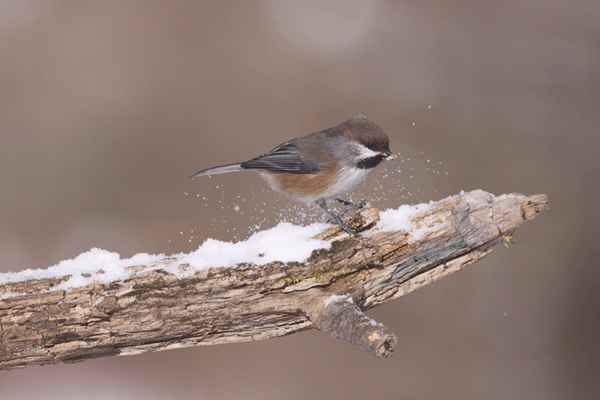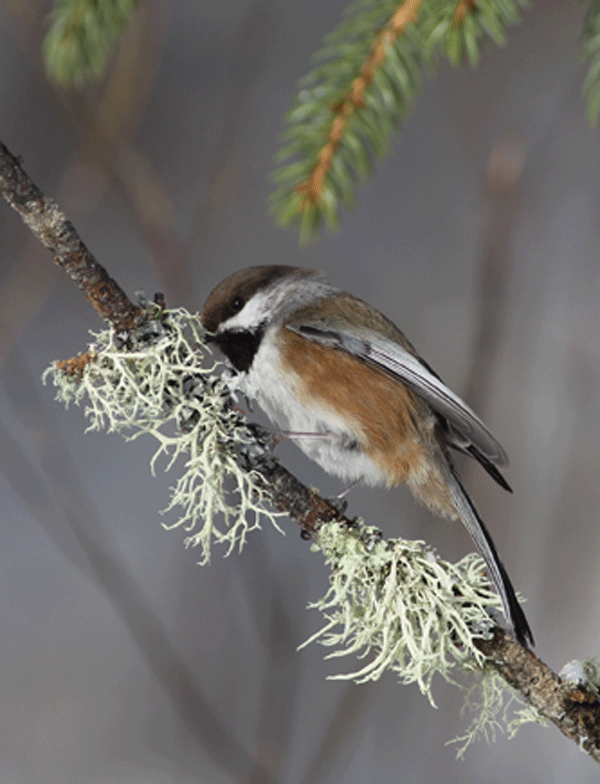News & Articles
Browse all content by date.
 It’s that time of the year again when birding enthusiasts flock (pun intended) to the Sax-Zim Bog for their annual Winter Birding Festival sponsored by the Toivola-Meadowlands Development Board. One of the primary species that birders want to add to their life list is a boreal chickadee. The boreal chickadee is a small passerine (songbird/perching bird) in the family Paridae (chickadees and titmice).
It’s that time of the year again when birding enthusiasts flock (pun intended) to the Sax-Zim Bog for their annual Winter Birding Festival sponsored by the Toivola-Meadowlands Development Board. One of the primary species that birders want to add to their life list is a boreal chickadee. The boreal chickadee is a small passerine (songbird/perching bird) in the family Paridae (chickadees and titmice).
This bird is listed as uncommon in our region and fairly elusive. Birders from around the country make the trek to the bog to witness or photograph this beauty. The boreal chickadee (Poecile hudsonicus) is about the same size as the familiar black-capped chickadee but has a grayish brown cap with deep buff or pinkish brown flanks. It has a black throat patch and white belly and cheeks. The back is grayish brown. Males and females share the same plumage.
These birds typically reside in the northern boreal forests of the Canadian provinces and Alaska. The range maps for this species show that their range extends into the very northern parts of the U.S., including northeastern Minnesota. The feeder station on Admiral Road in the Sax-Zim Bog is a great place to find these beautiful birds from December to March. They tend to come and go from the feeders and then disappear into the thick spruce to hide the seeds or peanut butter that is generally available. When food is scarce they check bark crevices and the underside off branches and cones for food. Their diet consists of a variety of insects/spiders and seeds from various trees.
These birds will nest in tree cavities they’ve excavated by or they’ll find an old woodpecker hole and fill it with moss or other material. These small passerines may mate for life with the female incubating the brood while the male brings in the food. Breeding season typically starts in May. The female has one brood per year of 5-8 eggs. Nestlings will leave the nest after about 18 days.
| Tweet |

